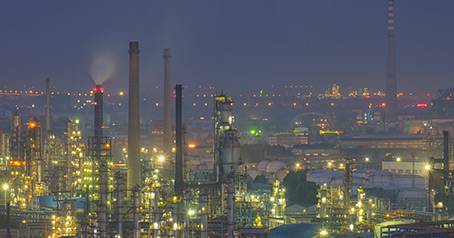Aug . 17, 2024 12:44 Back to list
Exploring the Benefits of PPR Pipe Fittings for Modern Plumbing Solutions
Understanding PPR Pipe Fittings Advantages and Applications
PPR (Polypropylene Random Copolymer) pipe fittings have gained significant traction in various sectors due to their excellent properties, including durability, resistance to corrosion, and lightweight nature. As plumbing needs evolve, PPR fittings have emerged as a viable alternative to traditional materials like metal or PVC. This article explores the features, advantages, and applications of PPR pipe fittings.
What are PPR Pipe Fittings?
PPR pipe fittings are made from a specific type of polypropylene known for its random copolymer structure. This structure endows the material with remarkable strength and flexibility. PPR is widely used in various plumbing and piping applications, ranging from drinking water systems to industrial uses. The fittings come in a variety of shapes and sizes, including elbows, tees, reducers, and couplings, which allow for versatile connections in pipelines.
Advantages of PPR Pipe Fittings
1. Corrosion Resistance One of the standout features of PPR fittings is their resistance to corrosion. Unlike metal pipes, which can rust or corrode over time, PPR fittings remain unaffected by harsh chemicals and environmental conditions. This property extends the lifespan of the plumbing system and reduces maintenance costs.
2. Temperature Resistance PPR fittings can withstand temperatures ranging from -40°C to 95°C, making them suitable for both hot and cold water applications. This thermal stability ensures that PPR systems can function effectively in various environments without the risk of deformation or failure.
3. Low Thermal Conductivity PPR has low thermal conductivity, which means it can maintain the temperature of the fluid transported without significant heat loss. This property is particularly beneficial for hot water systems, as it conserves energy and reduces heating costs.
4. Lightweight and Easy to Install PPR fittings are much lighter than traditional materials like metal or concrete. This lightweight nature makes transportation and installation easier, leading to reduced labor costs and installation times. Additionally, the fittings can be welded together using a simple heat fusion method, ensuring a durable and leak-proof connection.
ppr pipe fittings

5. Non-Toxic PPR materials are non-toxic and safe for drinking water applications. This makes PPR pipe fittings a popular choice in residential plumbing systems, where water quality is paramount.
Applications of PPR Pipe Fittings
PPR pipe fittings have a wide range of applications across various sectors
- Residential Plumbing PPR fittings are widely utilized in homeowners' plumbing systems for both hot and cold water supply lines due to their safety, durability, and corrosion resistance.
- Heating Systems Their ability to withstand high temperatures makes PPR fittings ideal for heating systems, including underfloor heating and radiator connections.
- Industrial Use Many industries that handle aggressive chemicals utilize PPR fittings due to their chemical resistance. They are commonly found in chemical processing plants, food processing, and pharmaceutical applications.
- Irrigation Systems Agricultural irrigation systems also benefit from PPR fittings' durability and resistance to wear in harsh outdoor environments.
Conclusion
In summary, PPR pipe fittings represent a modern and efficient solution for various piping needs. Their impressive properties, including corrosion resistance, durability, and temperature stability, make them an excellent choice for plumbing systems across multiple applications. As more people recognize the benefits of PPR fittings, their popularity is likely to continue growing, paving the way for advancements in plumbing technology and sustainable practices in various industries.
-
High-Quality PPR Pipes and Fittings Durable ERA PPR & PVC PPR Solutions
NewsJul.08,2025
-
Black HDPE Cutting Board - Durable, Non-Porous & Food Safe HDPE Plastic Cutting Board
NewsJul.08,2025
-
High-Quality CPVC Panel Durable HDPE & PVC Panels Supplier
NewsJul.08,2025
-
Double PE Welding Rod Supplier - High Strength, Durable & Versatile Welding Solutions
NewsJul.07,2025
-
High-Quality PVC-O Pipe Supplier Durable 75mm PVC Pipe & Connections Leading PVC Pipe Company
NewsJul.07,2025
-
HDPE Drainage Pipe Supplier – Durable & Corrosion-Resistant Solutions
NewsJul.06,2025

